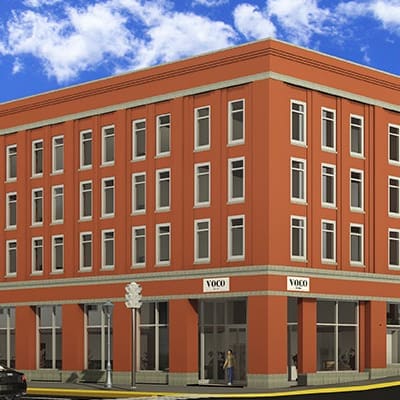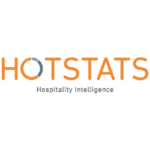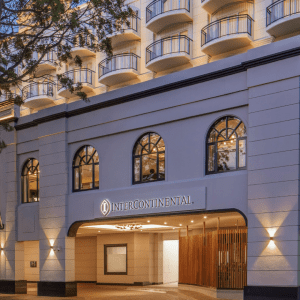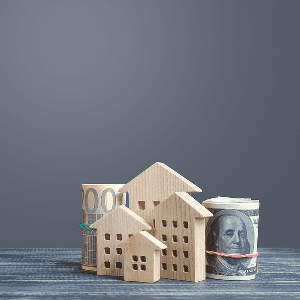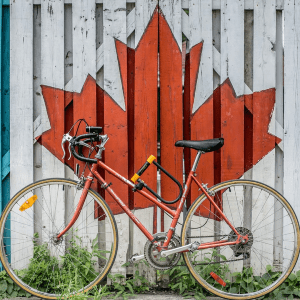 Canada’s hotel industry reported lower performance levels from the month prior, according to STR‘s September 2021 data.
Canada’s hotel industry reported lower performance levels from the month prior, according to STR‘s September 2021 data.
The country’s performance levels also remained well below pre-pandemic comparisons from September 2019:
- Occupancy: 58.2% (-20.9%)
- Average daily rate (ADR): CAD152.87 (-14.8%)
- Revenue per available room (RevPAR): CAD89.00 (-32.6%)
“The typical seasonal pattern and a rise in COVID cases put pressure on-demand,” said Laura Baxter, CoStar Group’s director of hospitality analytics for Canada. CoStar Group is the parent company of STR.
“Hoteliers usually become more reliant on corporate demand in the fall, as weekday leisure business subsides this time of year,” Baxter said. “Hotels most lagging in recovery are those reliant on group and corporate demand in addition international business. The pandemic has had a disproportionate impact on hotels – a hotel with more reliance on corporate and group demand with a higher room count is likely performing far worse than a hotel in the same area with a smaller room count and strong leisure demand.”
Among the provinces and territories, Nova Scotia recorded the highest September occupancy level (71.6%), which was 14.2% below the pre-pandemic comparable.
Among the major markets, Vancouver saw the highest occupancy (64.4%), which was a 28.2% decline from 2019.
The lowest occupancy among provinces was reported in Quebec (49.0%), down 38.8% against 2019. At the market level, the lowest occupancy was reported in Montreal(44.7%), which decreased 46.8% from 2019.
“Looking beyond the top-line metrics, STR’s monthly P&L data indicates that EBITDA pushed out of the red in July and August, driven by stronger demand,” Baxter said. “Moving forward, the rise in the cost of food, energy and wages will likely challenge the bottom line. Canada’s Consumer Price Index rose 4.4% year over year in September, which will undoubtedly squeeze margins, placing even more importance on a strong top-line performance. On a more positive note, some strain will be taken off hoteliers over time as most of the inflationary pressure comes from base effects.”



